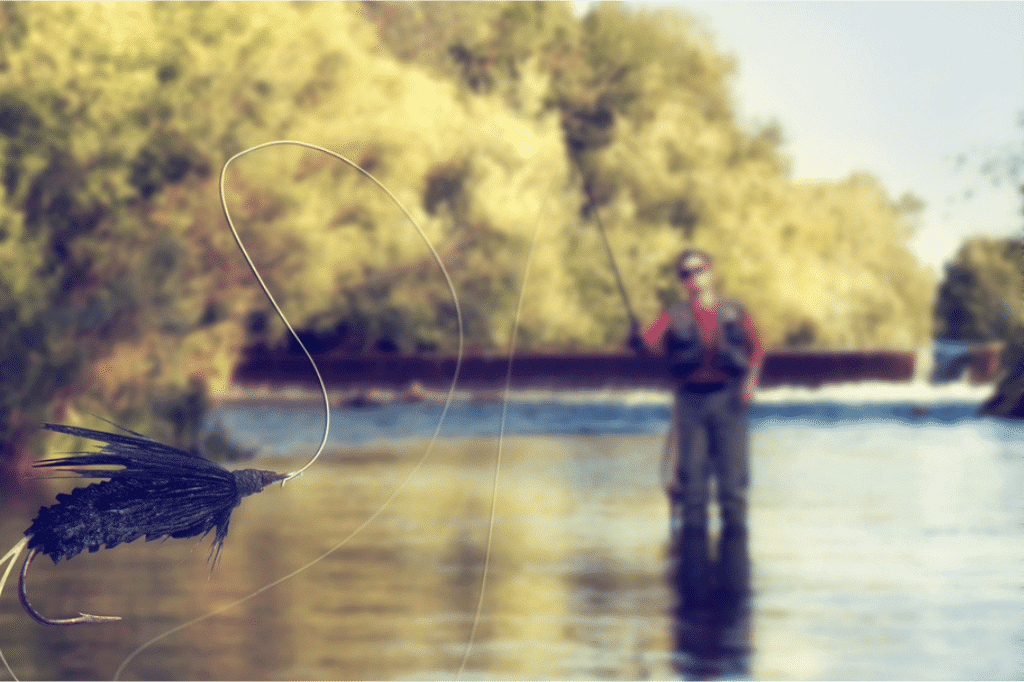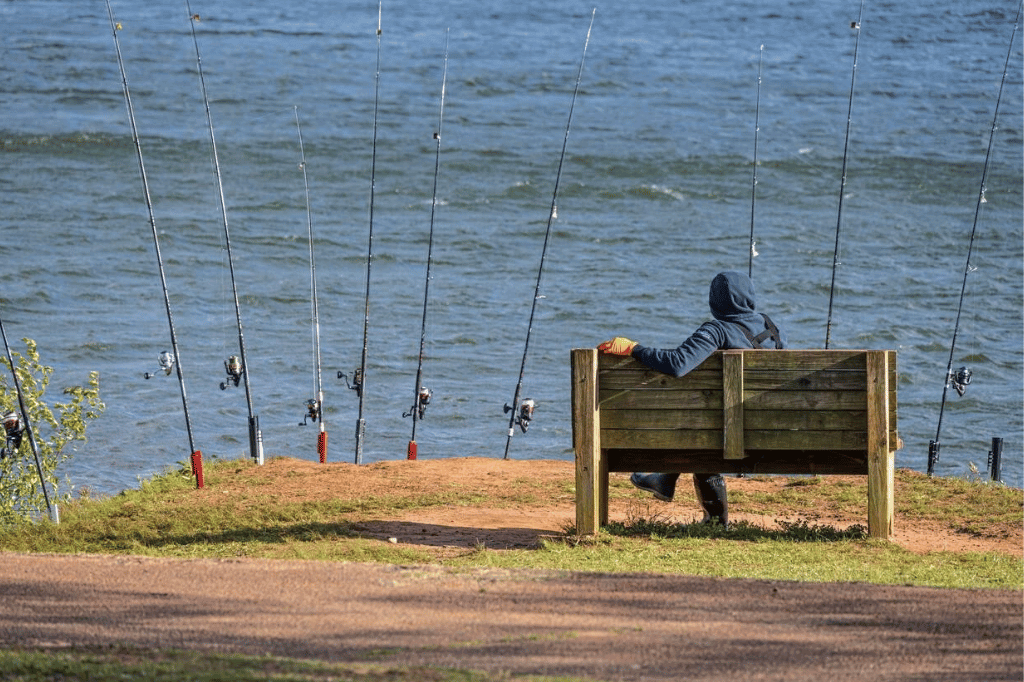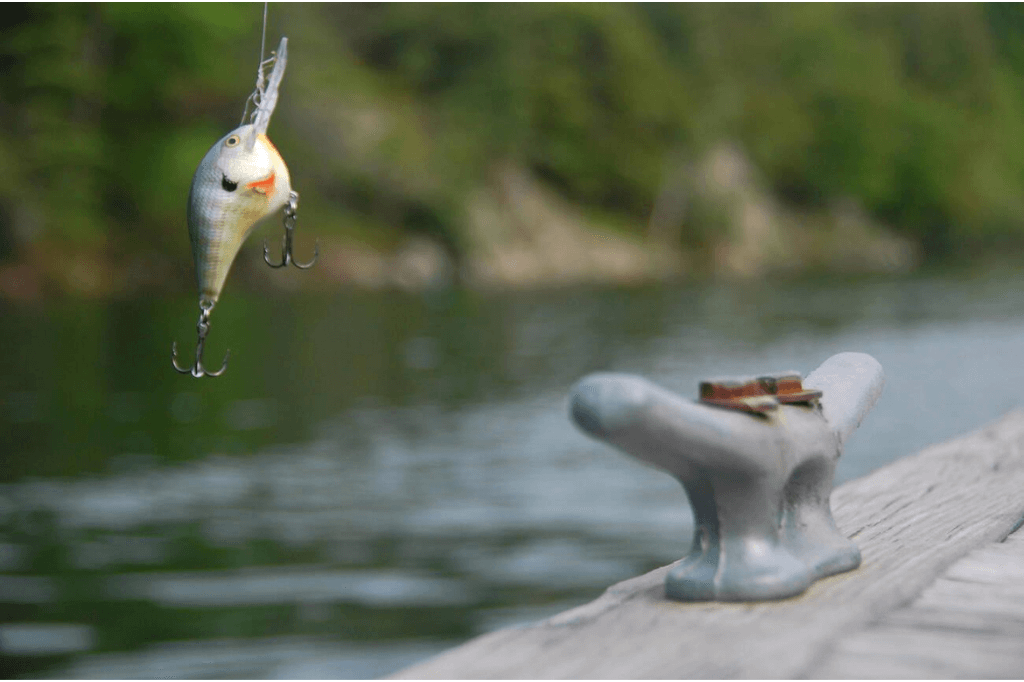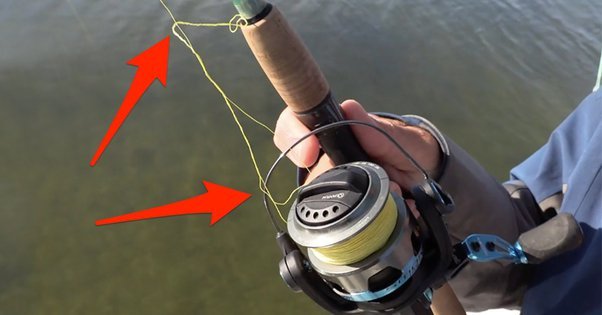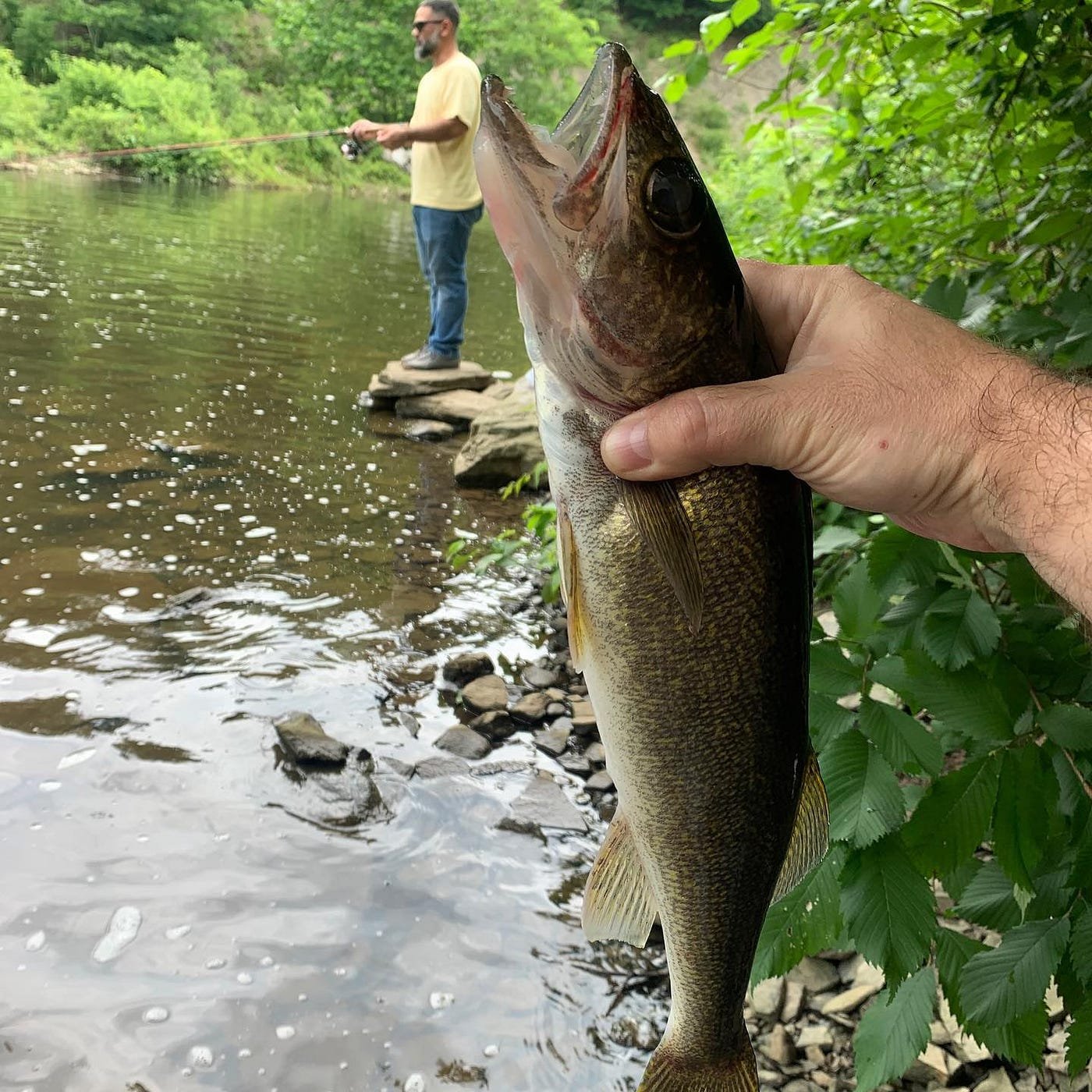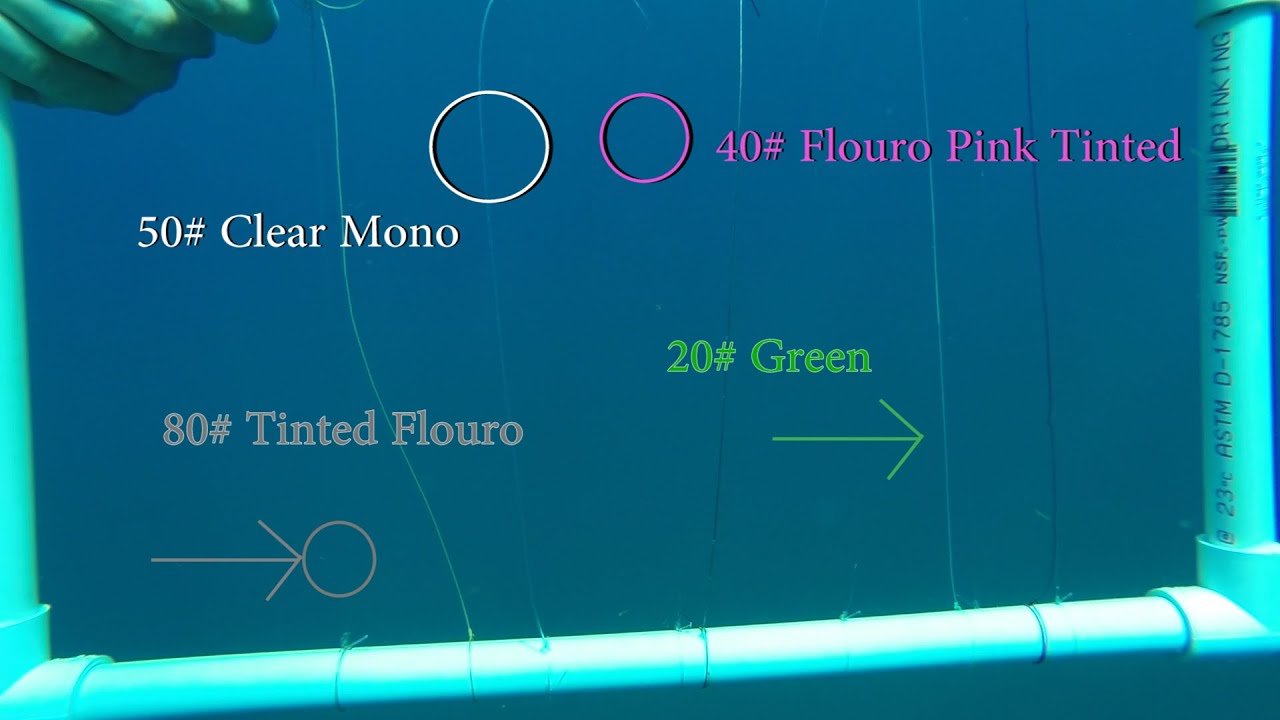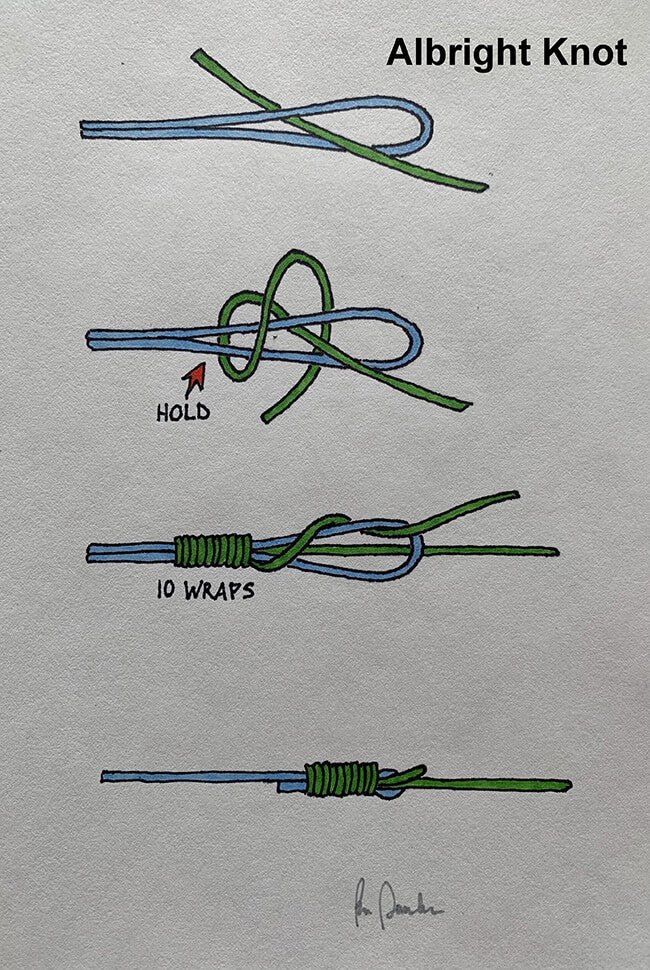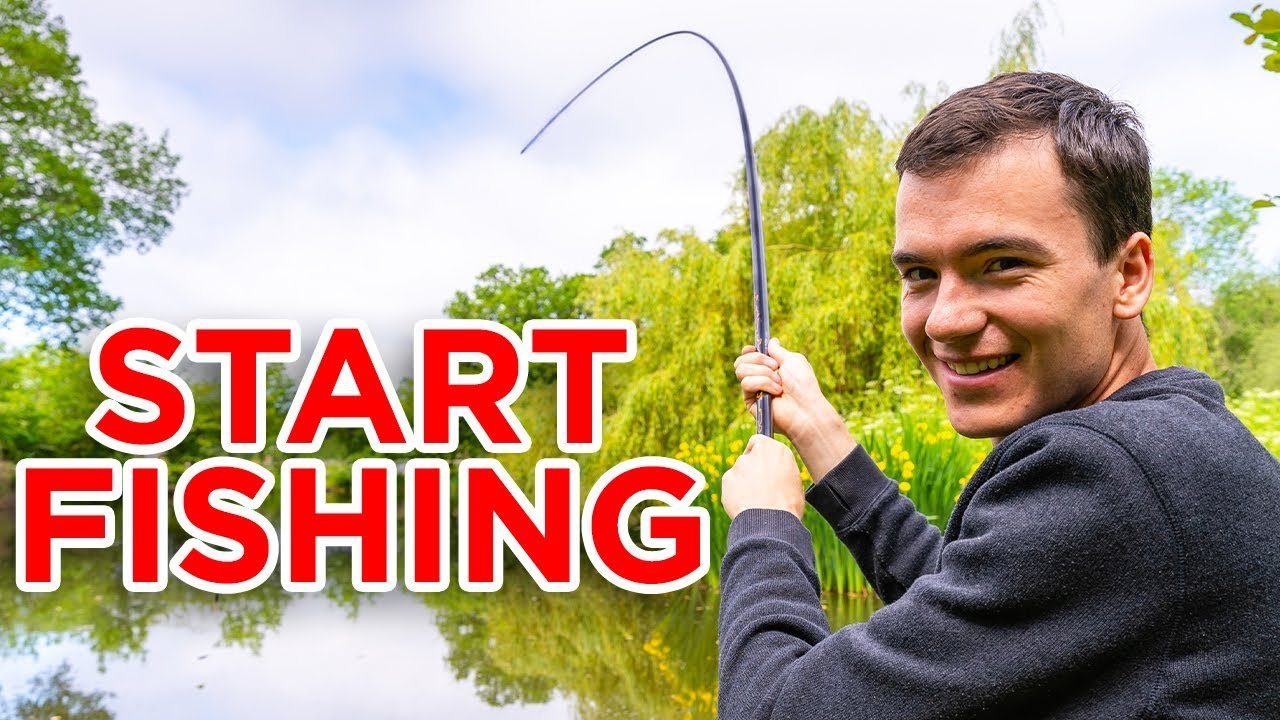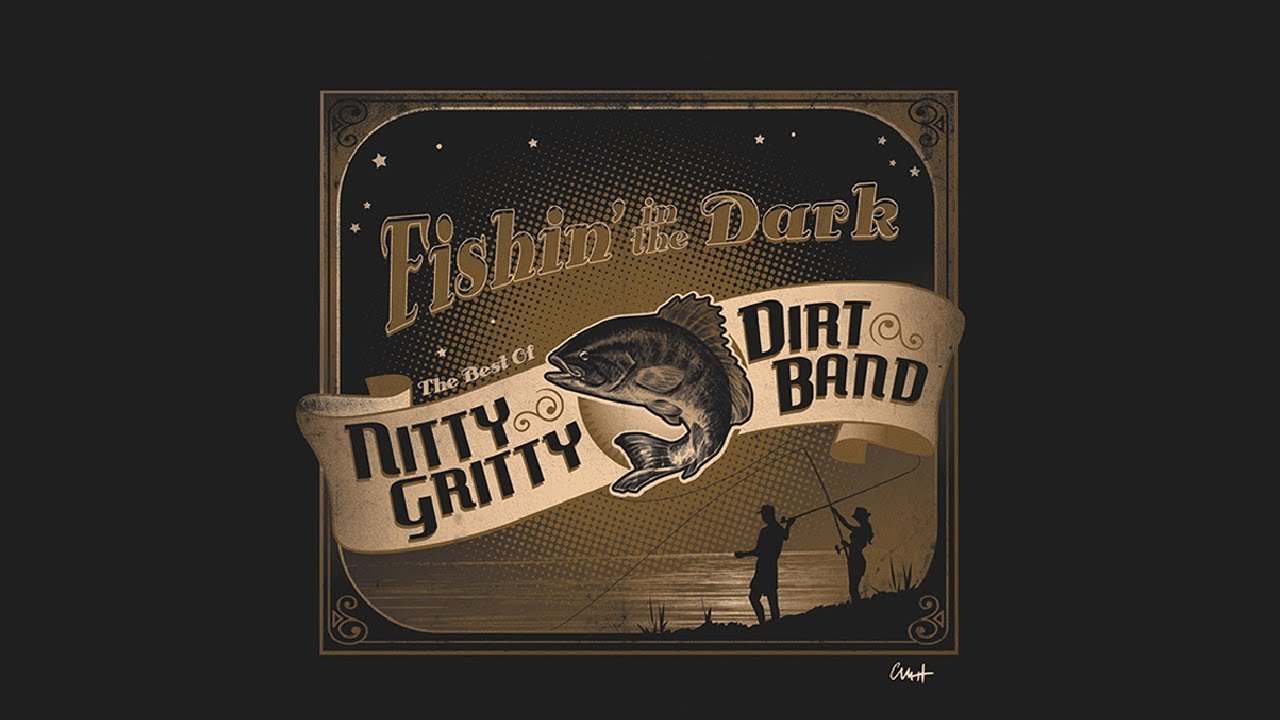With an intricate weave made from synthetic materials like polyethylene or Dyneema, braided line boasts superior knot strength and a smaller diameter compared to monofilament lines, enhancing reel capacity and enabling longer casts. Its lack of stretch translates to increased sensitivity, permitting anglers to feel even the slightest nibbles.
Despite its higher visibility underwater, many opt for braided lines in challenging fishing conditions due to their abrasion resistance and enduring performance. Adept at handling heavy fish and cutting through vegetation, it’s a favorite among enthusiasts targeting tough environments. The choice of braided line can dramatically affect the outcome of your fishing ventures, making it a critical aspect for any serious angler’s gear.
Properties Of Braided Fishing Line
High Knot Strength
Anglers trust braided line for its impressive knot strength. Knots tied with braided line rarely slip or break. This makes it reliable when landing big fish.Thin Diameter
Despite its strength, braided line has a remarkably thin diameter.- Allows for more line on the reel
- Lets lures dive deeper
- Provides better casting distance
High Sensitivity
Braided line transmits the slightest nibbles directly to the angler’s hand. Its zero stretch ensures instant hook sets.
Types Of Braided Fishing Line
Four-strand Braided Line
Think of Four-Strand Braided Line as the reliable workhorse. It suits most fishing scenarios. Its makeup involves intertwining four individual fibers. This weave results in a strong, yet thinner line, offering great knot strength and increased stealth in the water.- Durability: Resists wear from underwater structures.
- Flexibility: Easier to tie knots compared to thicker lines.
- Sensitivity: Transmits bites and nibbles swiftly to the angler.
Eight-strand Braided Line
With Eight-Strand Braided Line, smooth casting is in the spotlight. It features a fine, tight weave made from eight strands. This design reduces line friction, allowing for longer and quieter casts. Targeting skittish fish? The eight-strand is preferable.- Smoothness: Glides off the reel for quiet and distant casting.
- Strength: Holds up against larger fish and heavy cover.
- Diameter: Typically thinner for the same strength rating.
Hollow Braided Line
Advanced anglers turn to Hollow Braided Line for its unique benefits. Its hollow core lets users splice in leaders or make top shots without knots. This can be the difference in winning a tight battle with a trophy catch. It’s all about seamless transitions and refined fishing techniques.- Splicing: Ability to insert leaders directly into the line.
- No-Knot Connection: Reduces weak points in the fishing line.
- Applications: Ideal for deep-sea fishing and complex rigs.
Choosing The Right Braided Fishing Line
Fishing Location And Species
Consider the environment where you’ll be fishing to determine the best braided line for the job. Brackish waters and heavy covers demand a line that can withstand abrasion. Open waters require a line that cuts through the water with ease. Below are key points you should consider:- Clear waters: Opt for a line that matches the underwater environment to stay unnoticed by fish.
- Vegetation: Choose a stronger line to pull fish out of algae or weeds.
- Target species: Larger fish will need a line with higher tensile strength to hold up during the fight.
Line Color
Color selection in braided fishing lines can play a pivotal role in your catch rate. Here is a quick guide to help you:| Color | Best for | Visibility |
|---|---|---|
| Green | Weedy Lakes | Low |
| Blue | Clear Waters | Moderate |
| Yellow | High Visibility for Tracking | High |
Line Strength And Diameter
Braided lines are strong yet thin, allowing for longer casts and better lure action. The diameter affects line strength, while the pound test indicates the maximum weight the line can support. Here’s what to consider:- Check the pound test rating against the size of fish you are targeting.
- Go for thinner lines when you need longer casts or fishing in calm waters.
- Select thicker lines for rough conditions or when fishing for big game species.

How To Spool A Braided Fishing Line
Attaching The Line To The Reel
First things first—secure the braided line to your reel. Begin by opening the bail of your spinning reel or engaging the free spool on a baitcaster. Cut the line cleanly and prepare to attach it.- Use an arbor knot: Tie a simple overhead knot at the line’s end.
- Loop the line around the reel’s spool.
- Tie another overhead knot with the tag end around the main line.
- Pull tight to ensure the knots snug down onto the spool.
Filling The Reel Spool
With the line attached, it’s time to fill the reel. Ensure you maintain tension during this phase.- Hold the line between your fingers to keep tension.
- Begin reeling slowly.
- Fill the spool until there’s about 1/8th of an inch from the rim.
Avoiding Line Twists
Preventing line twists can save you from a world of frustration.| Tip | Action |
|---|---|
| Keep Proper Tension | Hold the line snugly as you reel. |
| Use a Line Conditioner | Spray it on the spool before filling. |
| Lay Spool Flat | Lay the line’s spool so it unwinds directly onto your reel. |
Caring For Braided Fishing Line
Replacing Worn Line
Over time, all fishing lines can show signs of wear. Inspect your braided line regularly for frays or color fading. Replace it as needed to maintain its strength and prevent unexpected breaks.- Check for frayed fibers.
- Look for significant color loss.
- Retire line if any weakness is detected.
Keeping Line Clean
Cleanliness is crucial for braided line performance. Salt and dirt can decrease its efficiency. Rinse your line with fresh water after each use. Occasionally, use a mild detergent for a deep clean.- Rinse with fresh water post-fishing.
- Use mild soap for thorough cleaning.
- Air-dry the line before storage.
Storing Braided Fishing Line
Proper storage extends the life of your braided line. Keep it in a cool, dry place away from direct sunlight. Avoid kinks and coils that may damage the line’s integrity.| Do | Don’t |
|---|---|
| Store in a dark place | Expose to constant sunlight |
| Keep it dry | Store when wet |
| Lay spooled loosely | Allow kinks or tight coils |

Frequently Asked Questions Of Braided Fishing Line
What Is Braided Fishing Line Good For?
Braided fishing line excels in strong, thin diameters offering exceptional line strength and sensitivity. It’s ideal for fishing in heavy cover and abrasive conditions due to its durability and lack of stretch.
When Should You Not Use Braided Fishing Line?
Avoid using braided fishing line around sharp rocks or zebra mussels, when finesse tactics are necessary, with top water lures, or when stealth is crucial due to its visibility and potential to fray.
Is Braided Fishing Line Stronger Than Monofilament?
Yes, braided fishing line is generally stronger than monofilament. It offers higher tensile strength, allowing anglers to use thinner line for the same power.
Do Fish Notice Braided Line?
Fish can potentially notice braided lines due to their higher visibility compared to monofilament or fluorocarbon lines, especially in clear water conditions.
Conclusion
Selecting the right braided fishing line enhances your angling experience. Durability, sensitivity, and cast ability define top choices. Ensure it suits your fishing needs. Remember, a suitable line promises a successful, enjoyable outing. Happy fishing and tight lines!












